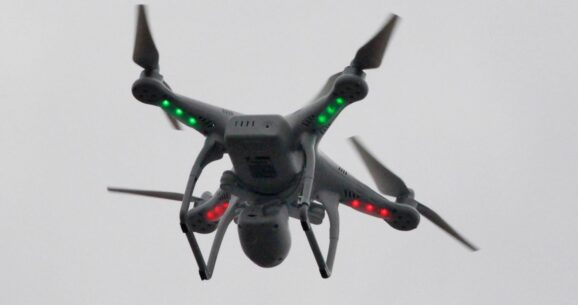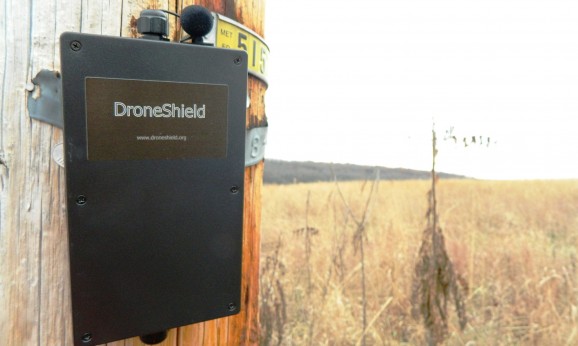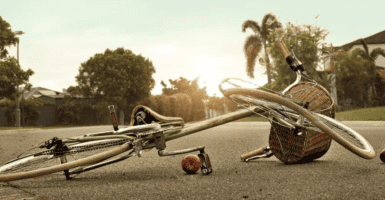FAA Report Details Problems, Close Calls With Drones
This article is more than 2 years old
 Drone delivery services have been in a holding pattern for a while now, waiting for the FAA to release regulations, particularly with regards to commercial drones. The FAA has delayed releasing those regulations for a number of reasons, including its desire to solicit comments and questions from the public regarding the applicability of the FAA Modernization Reform Act of 2012, which regulates “model aircraft,” to drones. A recent report released by the FAA details the number of drone incidents reported this year — unsurprisingly, there are a lot, and that number only seems to be growing.
Drone delivery services have been in a holding pattern for a while now, waiting for the FAA to release regulations, particularly with regards to commercial drones. The FAA has delayed releasing those regulations for a number of reasons, including its desire to solicit comments and questions from the public regarding the applicability of the FAA Modernization Reform Act of 2012, which regulates “model aircraft,” to drones. A recent report released by the FAA details the number of drone incidents reported this year — unsurprisingly, there are a lot, and that number only seems to be growing.
The tally involves all the times air traffic control has reported a drone-related incident, so the report doesn’t include unreported drone incidents, or those handled by local law enforcement. After looking at the list, it’s easy to see why drones have been a sticking point for the FAA, and why people are increasingly concerned about safety issues. While commercial drones are currently still illegal, recreational drones are legal, provided they stay within an elevation of 400 feet and avoid airports, airplanes, and dive-bombing people. Easier said than done, though.
A number of drone operators break those rules, either accidentally or intentionally. The FAA says it has received 175 reports since June 1 of this year from airplane personnel who say drones are getting too close for comfort. Twenty-five of those incidents were extremely close — a few seconds or feet away from a collision. Many of those occurred during takeoff and landing, which are already the most dangerous parts of a flight. The Washington Post has compiled a list of close calls here. Some of them are pretty terrifying — planes have crashed due to less.
The report indicates that drones are even more of a safety threat than people thought, which likely sets the stage for further FAA delays. While businesses are pressuring the FAA to develop and release the long-awaited guidelines, the FAA’s recent report asserts that it’s not so easy simply to come up with a bunch of regulations — certainly not if they’re going to enforce and protect safety. Another issue that’s becoming apparent is the lack of certification regulations for people who fly drones. It might not seem like such a big deal for the little ones, but for the drones with four-foot wingspans that come within feet of hitting an airplane, such regulations would make sense.

Drones have become so common that they’re created a market for products such as the Indiegogo-funded start-up DroneShield, which aims to provide advanced warning of drones to alarm and security systems, as well as collect data for identification and legal purposes. The program has advanced acoustics capabilities that allow it to hear the drones from far away, which is an important identification tactic given that smaller drones can elude radar. The clientele for DroneShield involves airports, prisons, and celebrities who don’t appreciate high-tech nosiness. Apparently, Disney applied for a license to use the program on the set of Star Wars: The Force Awakens, but filming started before the license was approved.












